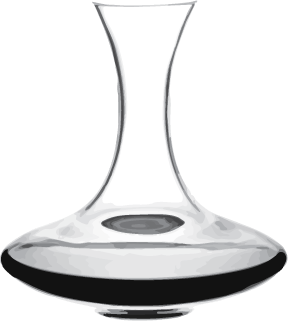Tamyanka (Тамянка) is one of Bulgaria’s most expressive and aromatic white grape varieties. It is the local name for Muscat Blanc à Petits Grains, one of the Muscat family’s oldest and most noble members. Cultivated across various regions of Bulgaria, especially in southern and southeastern areas, Tamyanka is beloved for its intensely floral bouquet, exotic fruit aromas, and refreshing acidity. Though not a native grape, it has been grown in Bulgaria for centuries and is now part of the country’s traditional winemaking heritage.

Tamyanka wines are typically unoaked, showcasing the grape’s pure aromatics. They are fresh, clean, and bursting with personality — suited to summer drinking, spicy food, or lovers of intense aromatics.
Serving
7-9°C

Aroma white

no need

Food Pairing
It is perfect with spicy Asian cuisine, grilled shrimp, steamed dumplings, or lightly curried vegetables. Its fragrant profile also complements Bulgarian white cheese, minty salads, and fruit-forward desserts.
What to Look For?
Expect a brilliant pale straw color, soaring grape blossom and ripe peach aromas, and a lively, juicy palate with a clean, crisp finish. The best examples are highly aromatic yet dry and balanced.
Cellaring Potential
Tamyanka is best enjoyed young, within 1–3 years, while its aromatics are most vibrant. Rare skin contact or slight sweetness examples may develop fascinating honeyed complexity over 4–5 years.
Blending Partners
Traditionally vinified as a single varietal to highlight its aroma, but occasionally blended with Red Misket or Chardonnay for regional white blends with heightened perfume and freshness.
Breeding Background & Regional Context
Tamyanka is the Bulgarian name for Muscat Blanc à Petits Grains, originating in ancient Greece and Egypt. Bulgaria thrives in southern regions like the Struma Valley and the Thracian Lowlands, where warm days and cool nights preserve aromatic intensity and acidity.
Alternative Grapes
Try Misket Sandanski for a Muscat-Melnik cross with floral character or Muscat Ottonel for a softer, slightly more neutral aromatic style. Internationally, compare with Gewürztraminer, Torrontés, or Malvasia.


